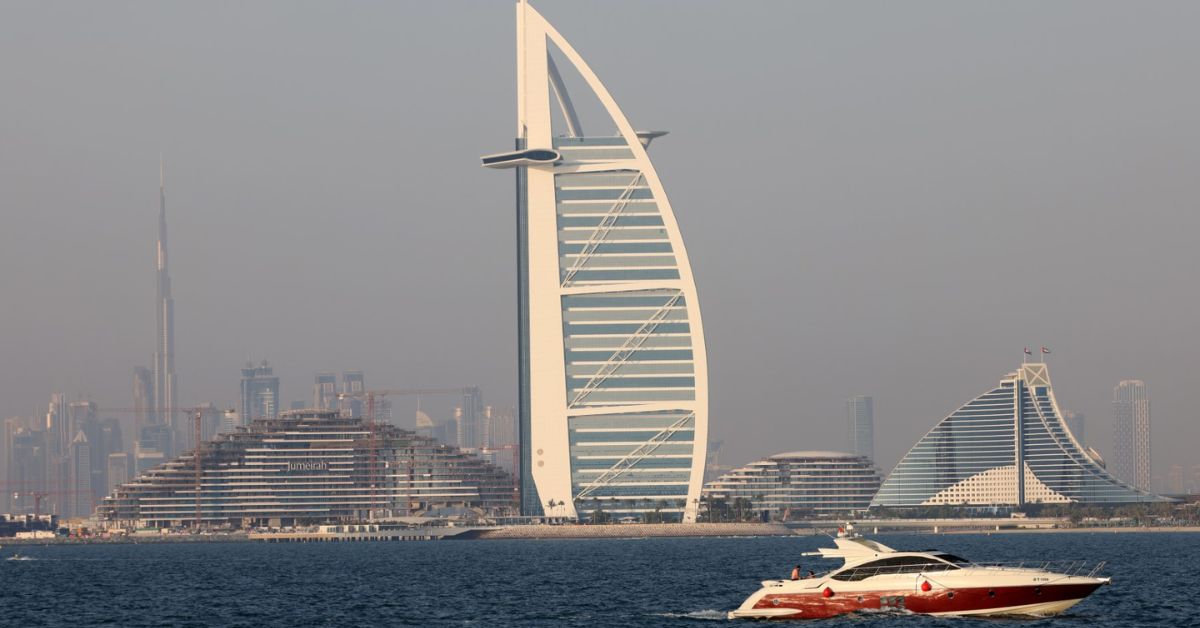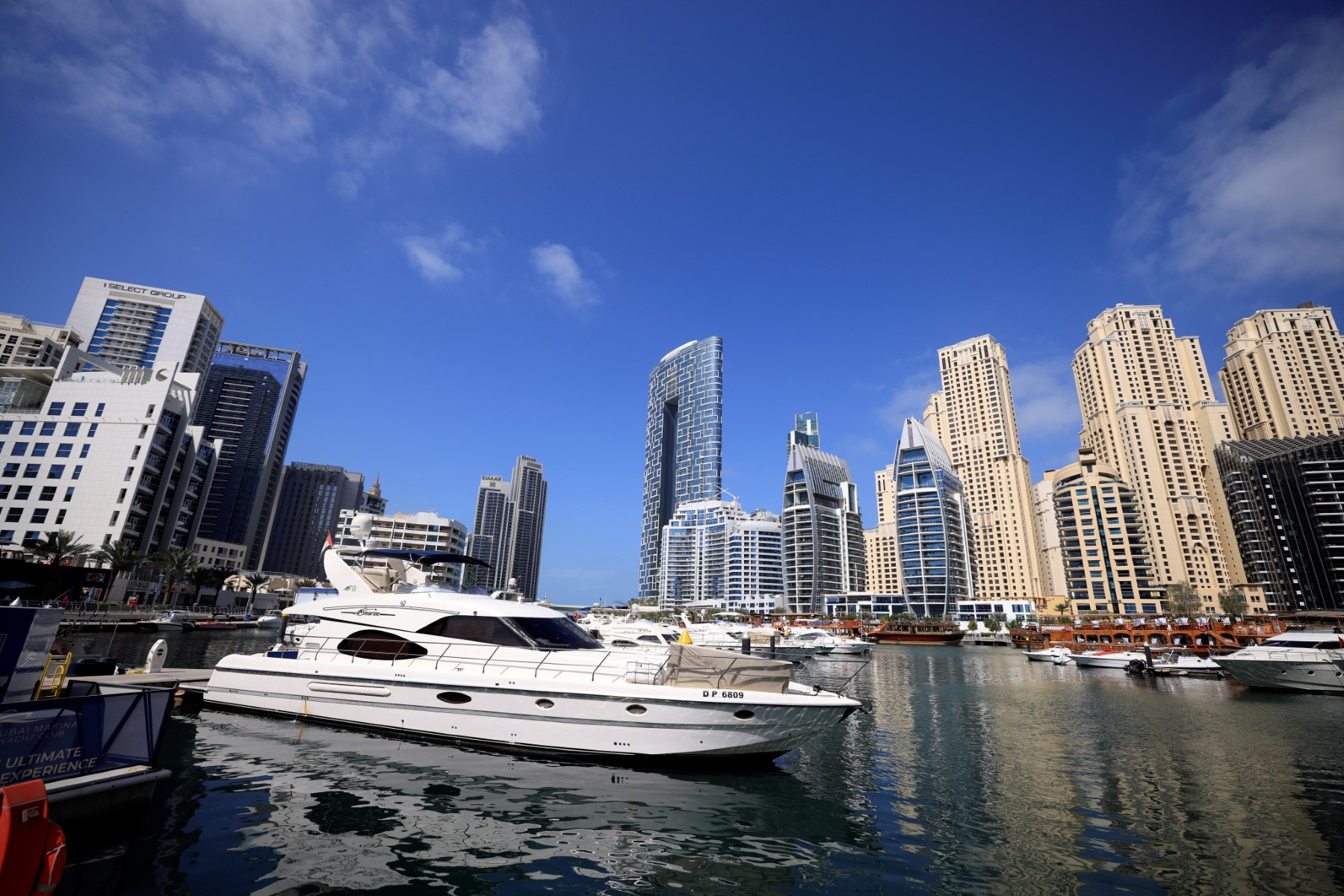DUBAI, UAE — High-net-worth individual (HNWI) wealth in the Middle East, Africa, and Latin America experienced growth despite a global economic slowdown in 2022.
The Middle East benefited from strong earnings in the oil and gas sector, while Latin America saw a 3.5 percent GDP expansion. However, globally, HNWI wealth and population declined by 3.6 percent and 3.3 percent respectively, with North America experiencing the steepest drops.
According to the “World Report Series 2023- Wealth Management” by Capgemini, HNWIs shifted their investment focus from growth to value and prioritized wealth preservation due to market uncertainties.
Alternative investments, including ESG products, remained of interest to HNWIs and wealth management firms. However, ESG data analysis and traceability were not among the top priorities for wealth management firms.
The report highlighted that 2022 marked the highest decline in HNWI wealth and population in a decade. Government stimulus, low-interest rates, and market rallies in 2021 fueled HNWI growth, but geopolitical crises, market decline, and inflation had a negative impact in 2022. Central bank interest rate hikes affected financing costs and led to a decline in investments, resulting in a global downturn in HNWI wealth.
In North America, HNWI wealth suffered a significant decline as tech stocks plunged. The share prices of major tech companies experienced substantial losses, with collective market value dropping by USD $4 trillion.
Europe also faced challenges with declining HNWI wealth and population due to high inflation, rising interest rates, and waning consumer confidence. Western European countries, including France, the United Kingdom, Germany, Italy, and Spain, reported wealth declines driven by housing market struggles.

The global economic slowdown in 2022 took a toll on the wealth and population of high-net-worth individuals (HNWIs) worldwide, leading to notable declines in several regions.
The challenging macroeconomic conditions, including a steep slowdown, rising interest rates, cost-of-living crisis, and geopolitical concerns, resulted in a 3.6 percent decrease in global HNWI wealth and a 3.3 percent decline in HNWI population compared to the previous year.
Throughout the year, global markets turned bearish, and major stock indices experienced significant declines across regions. This downturn in investments, coupled with the challenging economic landscape, impacted the wealth of HNWIs. North America, although still leading in wealth, witnessed the steepest declines, with HNWI wealth falling by 7.4 percent and the HNWI population decreasing by 6.9 percent. Tech stocks played a significant role in this decline, with major companies experiencing substantial losses in their share prices.
Europe also faced macroeconomic challenges, leading to declines in HNWI wealth and population. High inflation, rising interest rates, and waning consumer confidence contributed to a 3.2 percent drop in HNWI wealth and a 2 percent decline in HNWI population.
Western European countries, including France, the United Kingdom, Germany, Italy, and Spain, experienced wealth declines driven primarily by a housing market downturn. The Nordics, particularly Sweden, Denmark, and Finland, were among the hardest-hit regions, with substantial weakening of HNWI wealth. Despite the global economic unpredictability,
HNWIs and wealth management firms remained interested in alternative investments, including environmental, social, and governance (ESG) products. However, it is noteworthy that ESG data analysis and traceability were not among the top priorities for wealth management firms.

